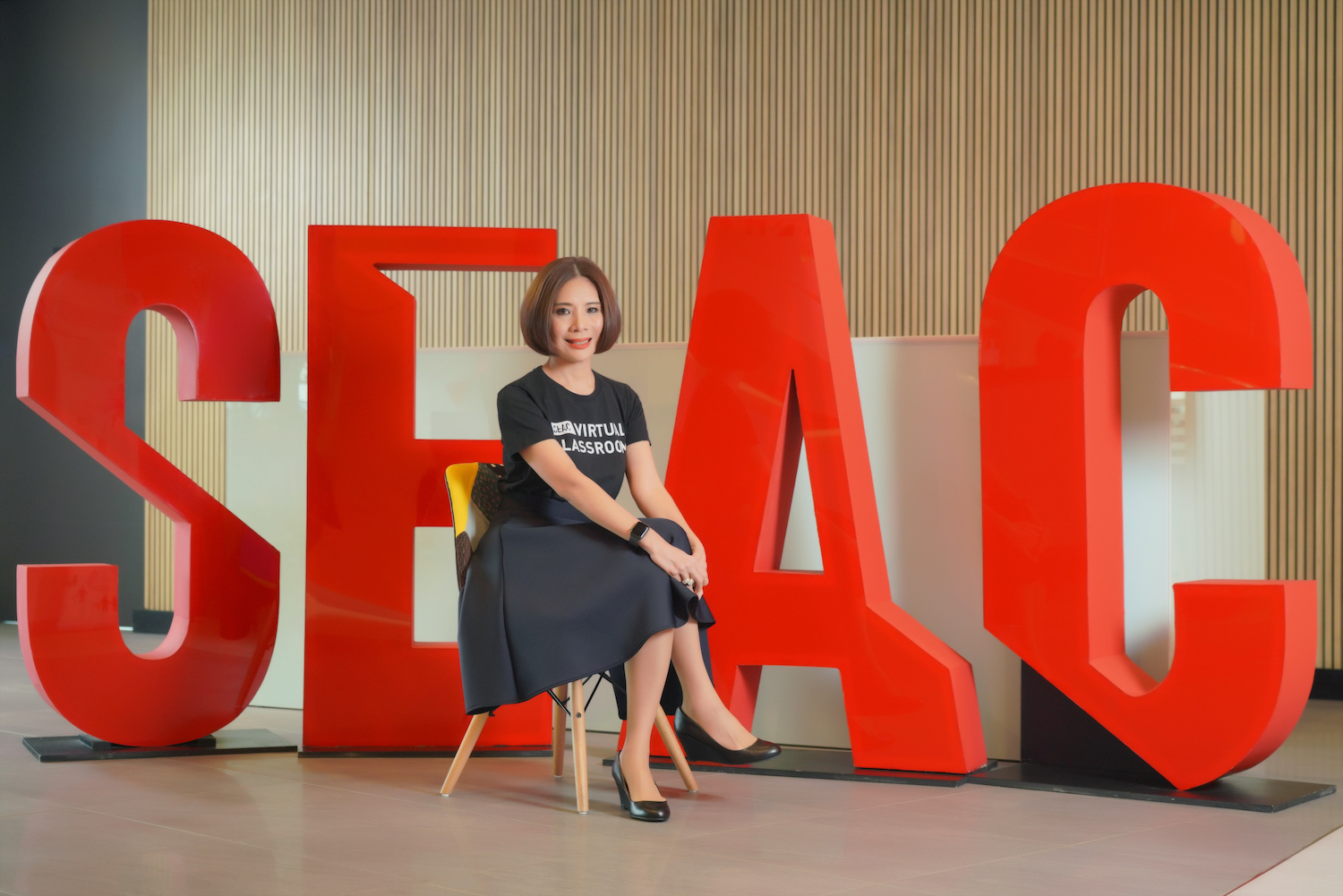
How many of us expected 2023 to begin with claims that Google is threatened by emerging technology? I found it fascinating, and I am sure many of us have tried out the AI ChatGPT. Whether it disrupts Google or anybody else is a moot point.
It is fun and engaging, even in its current form. My people are already commenting on how it helps them to do their jobs and quickly develop new ways of working. I am 100% convinced that ChatGPT or similar technology will transform my industry, jobs and other industries sooner rather than later.
It also confirms that we cannot wait as science fiction technology is already appearing in our midst. These innovations will change how we do things, and leaders and organisations that do not themselves learn and apply the lessons recently taught will find themselves obsolete.
Let me use my industry as an example. There has been so much innovation in my industry in the last few years that it has been exhilarating. Many innovations were responses to uniquely challenging circumstances. However, many of these have passed their sell-by date, whether the organisations that made or sold them realise it.
For example, we saw a massive uptake in the amount of e-learning and online learning. Organisations struggling to get their people trained in the work-from-home era accepted it given the circumstances.
In my organisation and others looking to serve companies facing this issue, we saw significant innovation in virtual-live learning experiences. But companies looking for new ways to grow their people began to realise the truth quickly: this stop-gap approach by itself simply doesn’t work well enough.
The implication for my industry is that companies that rely on creating, and selling, either of these two mediums alone are in trouble. The statistics don’t lie. If a certificate is available, the numbers are higher, but overall online learning completion rates lie between 8% and 15%. Fifty-four percent of people who buy a course, or whose employers buy one for them, don’t even open it. More importantly, the data from customer companies are also clear and damning.
Recent research by Cornerstone reveals that only 23% of learners and 22% of leaders viewed their organisation’s current training offering as extremely effective. Today, training is an increasingly powerful tool to recruit and retain talent (55% of learners believe it increases job satisfaction and morale). This means immediate innovation and disruption are inevitable. Why would any customer throw aside this amount of potential return on investment?
I imagine your industry already has an equivalent. I guarantee your best customers are looking for it. Why? Because the organisations and professionals that buy from you are generally much better educated about what they need, what doesn’t work, and what others are saying about you and your competitors before they even speak to you. They understand how their needs have changed and how current products or offerings are failing. The chances are they are not sharing these insights fully with you.
Returning to my industry, a recent survey by the Society for Human Resource Management (SHRM) suggested that only 32% of people receiving training (of any kind) were very satisfied with their experience and 43% were somewhat satisfied. Those numbers reinforce the conviction that there is an awful lot of opportunity for improvement.
Companies buying training and education services are looking for better-fitting solutions. The same survey shows these buying companies and professionals what good could look like by identifying learners who wanted more relevant training (50%), up-to-date content (40%), personalised options (37%), and shorter and more social experiences (28%).
The report also revealed where buying companies could achieve the greatest return on investment and the possibility of solving today’s problems quickly: nearly 70% of end-users find learning by doing the most stimulating way to learn.
What if only roughly 1 in 3 customers were likely to stick with your products and services? What does that mean for your business? That is an incredible amount of valuable insight and a large bright signpost for where innovation needs to take place in my industry.
The above practically screams about where industry transformation will start. I am fortunate that my organisation is a little ahead of the curve in adapting to the trend for social, personalised and highly relevant learning (especially on the job). However, it doesn’t mean someone else couldn’t do it better.
So, what can every company do? I can only share what I did in my business to develop something relevant to future customer needs. These tips apply equally to your business and to meet the needs of your current and future customers:
- Look outward and to the future and understand what is going on with your industry, adjacent industries, and customer frustrations in general. Pick up the phone, read some reports and watch some podcasts.
- Proactively identify the factors that can disrupt your business/products/services, or organisation. You can’t do everything, but you can identify the big rocks.
- Evaluate and understand the risks of the above. Consider them and make a move.
- Plan and pretotype/prototype ideas with your customers. Do not try and do this alone.
Getting it right may take a lot of work, but in the current environment, coming up with something based on what works and what customers want is an essential survival strategy.
By the way, I did not use AI to write this article, but how long will it be before I could? The same is true for potential customers and talent before they choose your business.
Arinya Talerngsri is Chief Capability Officer, Managing Director, and Founder at SEAC — Southeast Asia’s Lifelong Learning Centre. She is fascinated by the challenge of transforming education for all to create better prospects for Thais and people everywhere. Reach her email at arinya_t@seasiacenter.com or https://www.linkedin.com/in/arinya-talerngsri-53b81aa